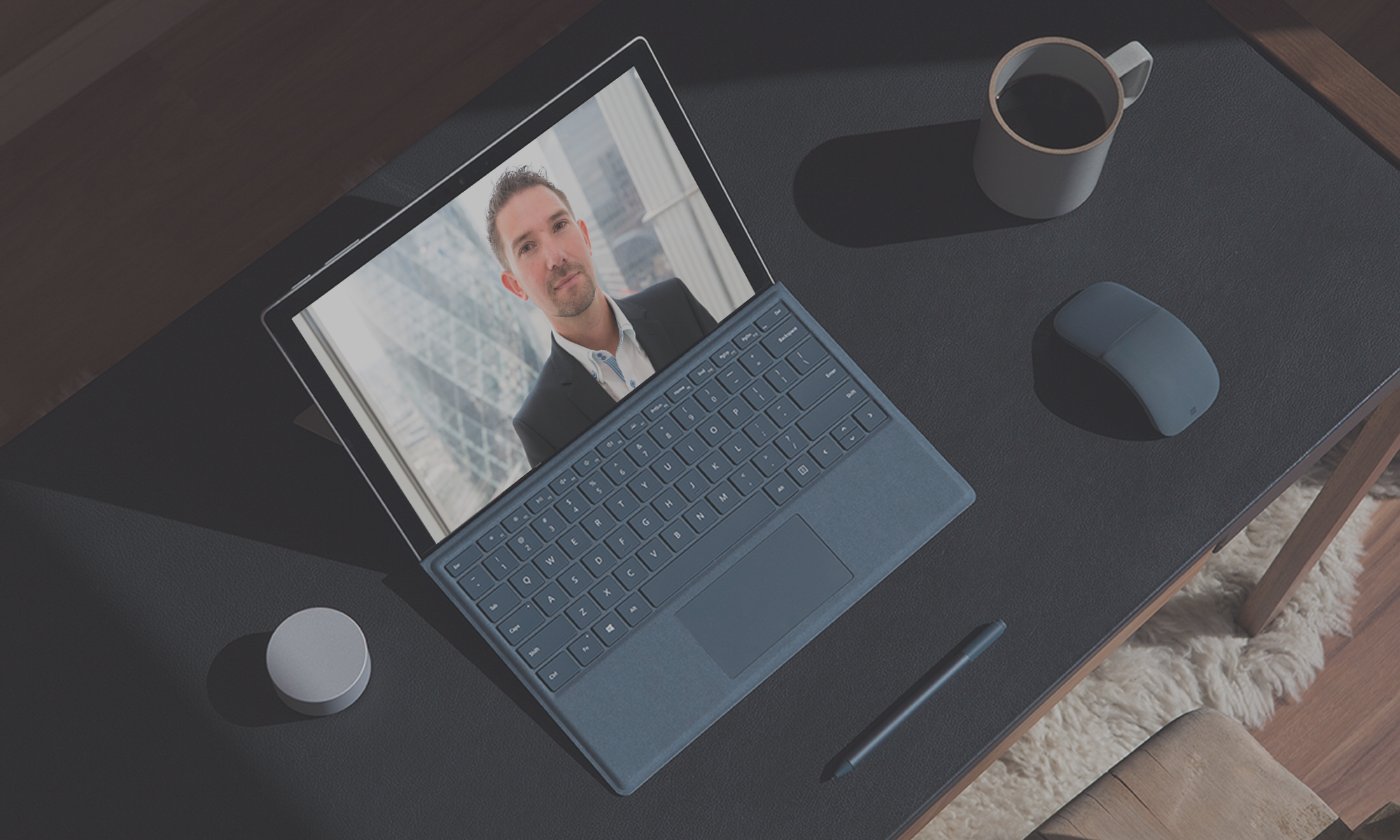Last week, Cisco reported its Q3 fiscal results which beat market in terms of both top and bottom-line.
Cisco achieved this despite a continued decline in overall revenue, showing that like many of the US tech giants, Cisco have become leaner and more cost effective as an entity. It is also recognition of their shift to a software organisation (that also sells hardware).
As a Cisco partner, we understand why Cisco have attributed the majority of their sales revenue decline being due to their customers still deploying data centre and networking equipment purchased late last year due to shifting busienss priorities and re alignment over hybrid work practices. This is certainly something we have seen some still an overspill from the huge chip and stock shortages we saw in COVID-19…
Cisco remain confident that Q4 will see a turn around. Personally, we (Cisilion) have already seen a great Cisco Q3 personally and expect a great Cisco Q4 with some large networking and data centre refreshes.
Riding the AI Wave
Cisco are also making big step forward in the new AI powered world in two parts.
Aquisitions and Parnering
Firstly, Cisco have recently closed the $28 billion acquisition of security and observability software Splunk. Whilst not yet assimilated and incorporated into Cisco’s mainstream portfolio (this won’t likely happen until mid to late FY25) the aquisition will boost their cybersecurity and AI goals. With Splunk, Cisco is gaining a tool to better compete with their competition such as Palo Alto and Crowd Strike and ensures they remain relevant.
I covered the Cisco / Splunk aquisition in a recent fireside chat and blog.
Cisco is also well-aware that in order to grow, they need to join forces and work with the other tech giants that dominate the cloud and modern workplace technologies. Their partnership with Microsoft in the modern work space and alignment with building more services for Azure as well as supporting their digitial market place for software and service sales will also boost their reach.
Last month, Cisco have announced a new partnership with NVIDIA to enable enterprises to quickly deploy and manage secure AI infrastructure with new hardware being announced.
As a Cisco and Microsoft Partner, it is great to see the partnership paying off, and our customers live the choice, flexibility and sustainability offerings possible through the deep integration of Cisco meeting room technology on Teams, their integration with Microsoft Sentinel and the work they have done with Cisco Webex Contact Centre which now offers one of the most feature rich and mature customer experience platforms on both Cisco Webex and for Microsoft Teams.
Through these partnerships and aquisitions, Cisco seemed well placed to help organisations build, power, support, and secure AI
Partnership is great for our customers and for us (Cisilion) as a partner.
The Network: Powering the AI Wave
In a recent interview and video we did to celebrate the opening of our new Customer Experience Centre in London, Chintan Patel (Cisco UK CTO) said that “there is no AI without the network“.
This statement, made by Cisco CTO, underscores the critical role that networks play in the functioning and advancement of AI.
AI rely heavily on data – they need to ingest, process, and learn from vast amounts of information to function effectively. This data needs to be transported, often across great distances, and this is where the network comes in. Without a robust and reliable network, data cannot be moved efficiently, and AI systems cannot operate at their full potential.
Cisco, with its extensive experience in network provision, is uniquely positioned to provide the high-speed, reliable network infrastructure that AI systems require. Their networks are designed to handle the high data volumes and fast data speeds that AI applications demand.
AI is fuelled by the Data Centre.
The Data Centre is the heart of any AI operation. They house the servers that store and process the data AI systems use and are vital for any organisation or service provider building out training their own AI models.
Having been along time leader in the data centre space, offers state-of-the-art technology, from a a compute and networking stack that help organisations design and build through their partners, modern environments that can handle the intensive computational needs of AI, providing a stable and efficient environment for AI operations.
When we come back to partnership and alliance, some of the largest AI service providers, including Microsoft and Adobe use data centres powered by Cisco (amongst others) and rely on their network and data centre (Azure) to power their AI services like Copilot and Azure AI. Cisco’s advanced network solutions and data centres provide the necessary infrastructure for these companies to run their AI applications effectively.
As we see more organisations look to build their own large and small language models, Machine Learning and AI computational and generative AI, Cisco will be helping to power this AI revolution.
As such their technology infrastructure will plays a crucial role in enabling AI service providers to deliver innovative solutions that drive business growth and societal advancement.
I’m confident this will re innovate the infrastructure market across both businesses and service providers. In conclusion, Cisco’s statement that “there is no AI without the network” rings true. As AI continues to evolve and become more integrated into our daily lives, the role of network and data centre providers like Cisco will only become more critical.
Of course Cisco aren’t the only provider in this space, but I’m impressed with shift and direction Cisco are moving to stay relevant and partner with the other AI giants. As a Cisco partner this is great to see.
To read more about Cisco technology, data centre, observability and network, you can check out their pages below.
https://www.cisco.com/site/us/en/solutions/artificial-intelligence/infrastructure/index.html









































